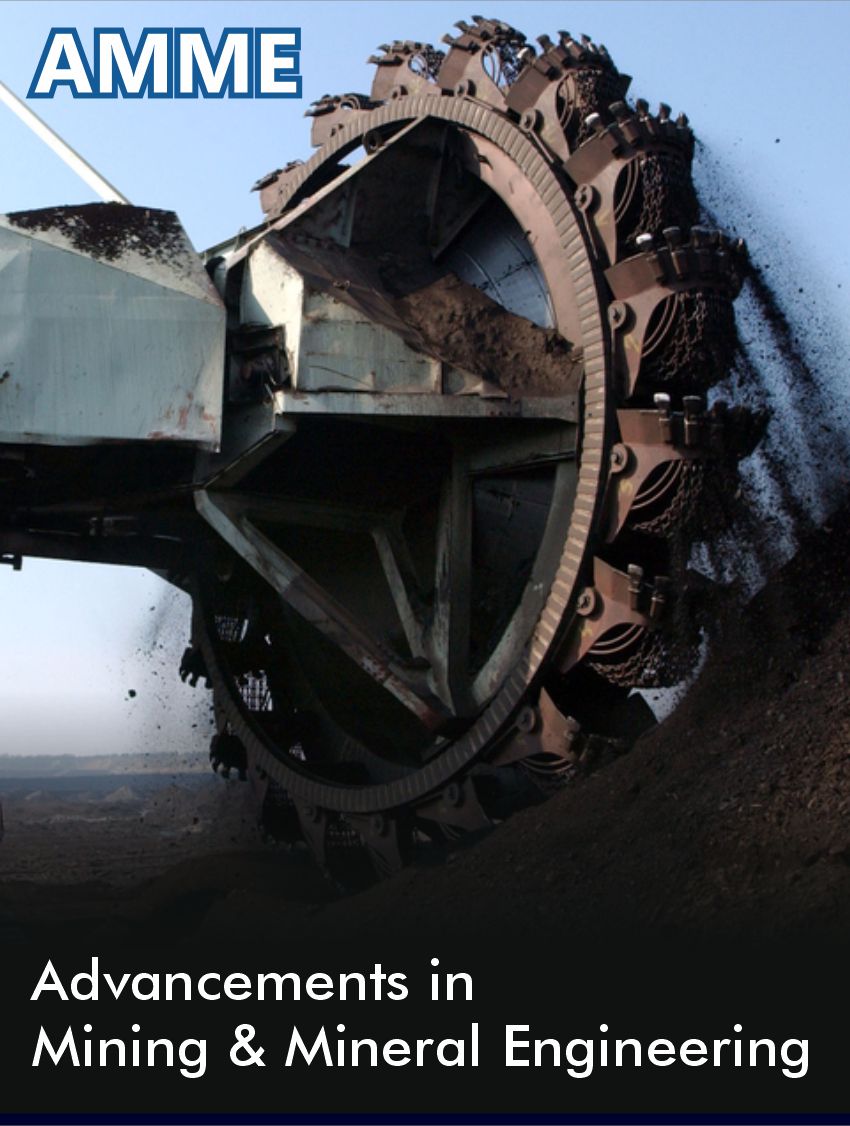 Research Article
Research Article
Simulation On Effect of Blast-Induced Ground Vibrations for Overburden Dump Stability
M Ajay Kumar1, Bhanwar Singh Choudhary2 and Mohammed Sazid 3*
1Department of Mining Engineering, IIT(ISM) Dhanbad, India
2Department of Mining Engineering, IIT(ISM) Dhanbad, India
3Department of Mining Engineering, King Abdulaziz University, Saudi Arabia
Mohammed Sazid, Department of Mining Engineering, King Abdulaziz University, Saudi Arabia.
Received Date: March 14, 2023; Published Date: April 03, 2023
Abstract
Blasting is a typical practice in opencast coal mines that causes substantial ground vibration around the blasting region. The effect of vibration must be considered primarily if the waste dump is located close to the seismic loading source. The objective of this research is to analyze the influence of blast-induced vibrations on dump slope stability using Finite Element (FE) method in order to suggest economical and safe dump designs in the studied region. In the bench blasting, maximum vibration observed near the overburden dump was 30mm/s with a prominent peak frequency of 60Hz for a duration of 0.5 seconds. All the collected field data was used in the Rocscience software to determine the stability of dump slope. Initially, the factor of safety of dump slope was observed at 34° and above, which has shown unstable even in the static condition. In the dynamic condition analysis, the maximum displacement has been seen at crest and mid-point of the slope as compared to toe of the slope due to angle of slope and duration of vibration. After using the same blast vibration data for an assumed one-year duration. The maximum displacement observed at slope angle of 34° and least displacement at 29°. Also, mine management has been recommended to keep away HEMM from the dump slope edges and maintain slope angle at 29° or below for safety of the mine.
Keywords: Ground vibration; Dump slope stability; Factor of safety; Finite element method; Dynamic analysis
-
Boyko Ranguelov*. The Geophysical Weapons – Myth, Manipulation or Truth. Adv in Mining & Mineral Eng. 1(1): 2023. AMME. MS.ID.000504.
-

This work is licensed under a Creative Commons Attribution-NonCommercial 4.0 International License.






